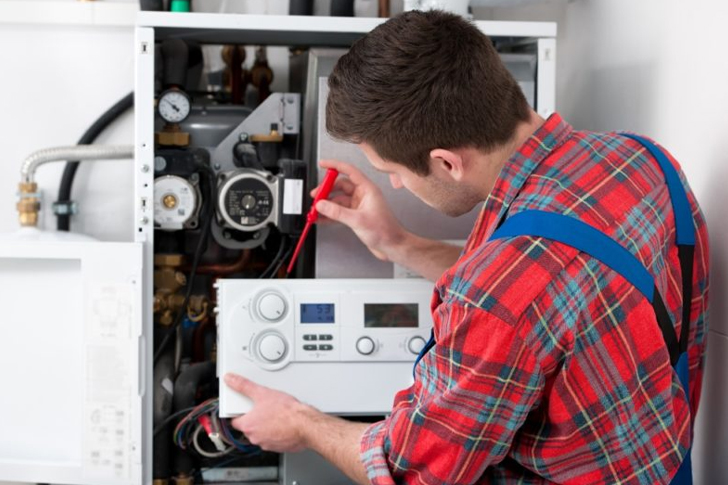Preparing Your Heating System for Winter: Overview of Repair Costs
As the leaves begin to change color and the crisp autumn air sets in, the inevitable approach of winter reminds us of many things – one of which is the necessity to prepare our heating system for the colder months ahead. Ensuring that your heating system is robust, efficient, and safe before the harsh winter begins is crucial. This article will guide you through the essential steps in getting your heating system winter-ready, with an emphasis on understanding the typical repair costs, which can help in budgeting and avoiding the stress of last-minute emergencies.

Assessing Your Heating System’s Condition
The first step in preparing your heating system for winter is to conduct a thorough assessment of its current condition. This involves checking your furnace, heat pump, or boiler for signs of wear and tear, listening for unusual noises, and noting any inefficiencies in heating your home from the previous winter. Early detection of issues can significantly reduce repair costs.
Common Issues and Associated Repair Costs
Several common issues may arise with heating systems. For instance, you might encounter a malfunctioning thermostat, which could cost anywhere from $50 to $200 to replace. If your furnace needs a new heat exchanger, repair costs could skyrocket to between $500 and $1,200. This is a critical component, as a damaged heat exchanger can lead to dangerous carbon monoxide leaks.
Another frequent concern is the airflow, which can be impaired by blocked filters, costing as little as $10 to $30 for a replacement or much higher, depending on your system’s specifications. More severe airflow issues may involve the ductwork, which can be quite expensive to fix, ranging from $300 to $500 for minor repairs to $2,000 or more for extensive duct replacement.
Professional Inspection and Maintenance
One of the most effective ways to prepare your heating system for winter is by scheduling a professional inspection. A seasoned HVAC technician can perform a detailed check-up of your system which usually costs between $80 and $150. This preventative maintenance can help catch potential problems before they necessitate costly repairs or cause your system to fail mid-winter.
During this inspection, a technician will typically check system functions, clean filters, and ducts, inspect fuel connections, and assess exhaust outlets among other tasks. The professional can also calibrate your thermostat, which is crucial for maintaining a comfortable and cost-effective indoor temperature during the winter.
Importance of Regular Maintenance
Regular maintenance of your heating system not only extends its lifespan but also enhances its efficiency. Studies have shown that regular maintenance can help save up to 20% on your heating bills by ensuring the system operates at peak efficiency. Furthermore, many manufacturers require proof of annual maintenance in maintaining warranty validity, which could save you from even higher future costs.
DIY Maintenance Tips
While professional maintenance is recommended, there are several things that homeowners can do themselves to help maintain their heating system’s efficiency. Regularly changing or cleaning air filters every 1-3 months, depending on usage, can prevent airflow blockages and improve air quality. Sealing any leaks in windows and doors can also help retain heat and reduce the workload on your heating system.
It’s also useful to clear around the heat vents by removing any furniture or rugs that could block the air flow. This simple adjustment helps in maintaining consistent room temperatures and reducing the need to adjust the thermostat frequently.
Plan for Potential Replacement Costs
Although maintenance and timely repairs can significantly extend the life of your heating system, sometimes a replacement may be more economical, especially if the system is old and inefficient. The cost of replacing a heating system varies widely based on the type of system and the size of your home but can generally range from $2,000 for a basic furnace to over $10,000 for a more advanced, energy-efficient system.
If your system is nearing the end of its expected life span (usually around 15-20 years for furnaces and boilers, 10-15 years for heat pumps), it might be wise to start setting aside money for a replacement. Comparing the cost of frequent repairs versus a new system can often make the decision clearer.
Conclusion
Preparing your heating system for winter is a critical undertaking that can ensure a warm, safe, and comfortable environment in your home during the cold months. By understanding common issues, repair costs, and the importance of professional maintenance, you can effectively budget and plan for any necessary servicing or replacements. Whether through professional services or DIY efforts, a well-maintained heating system will provide peace of mind and significant savings over time.







Recent Comments